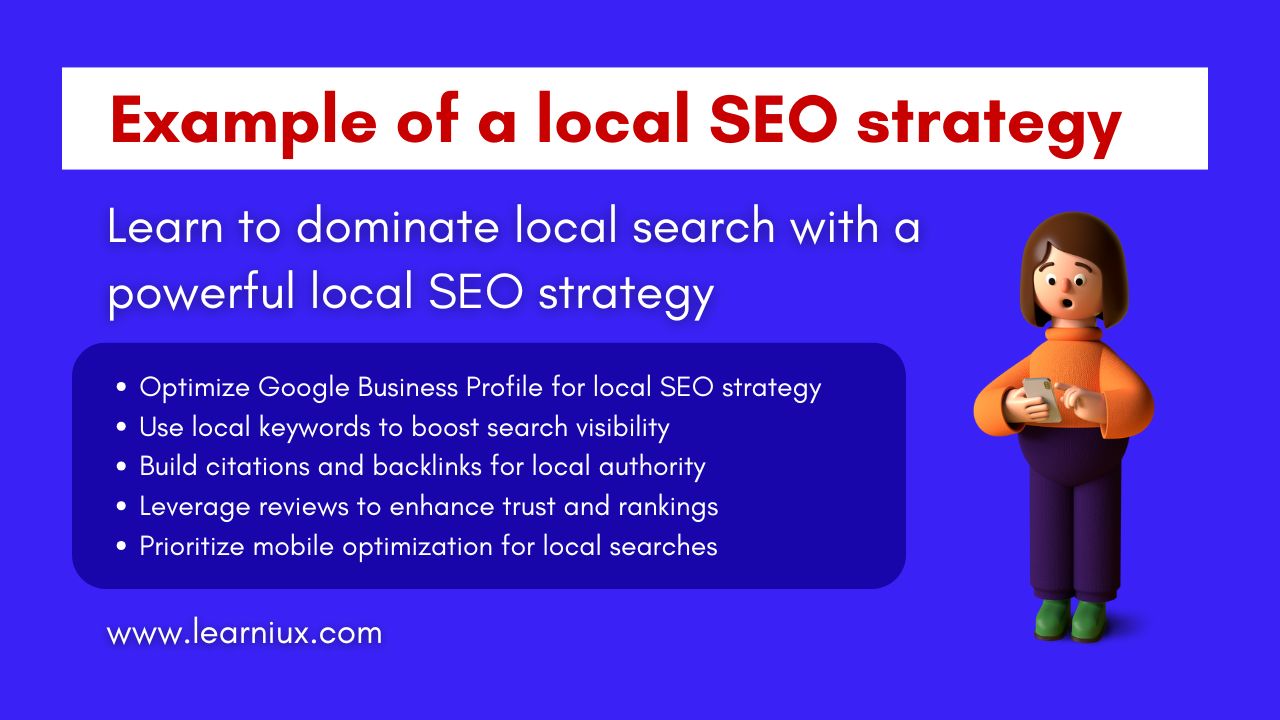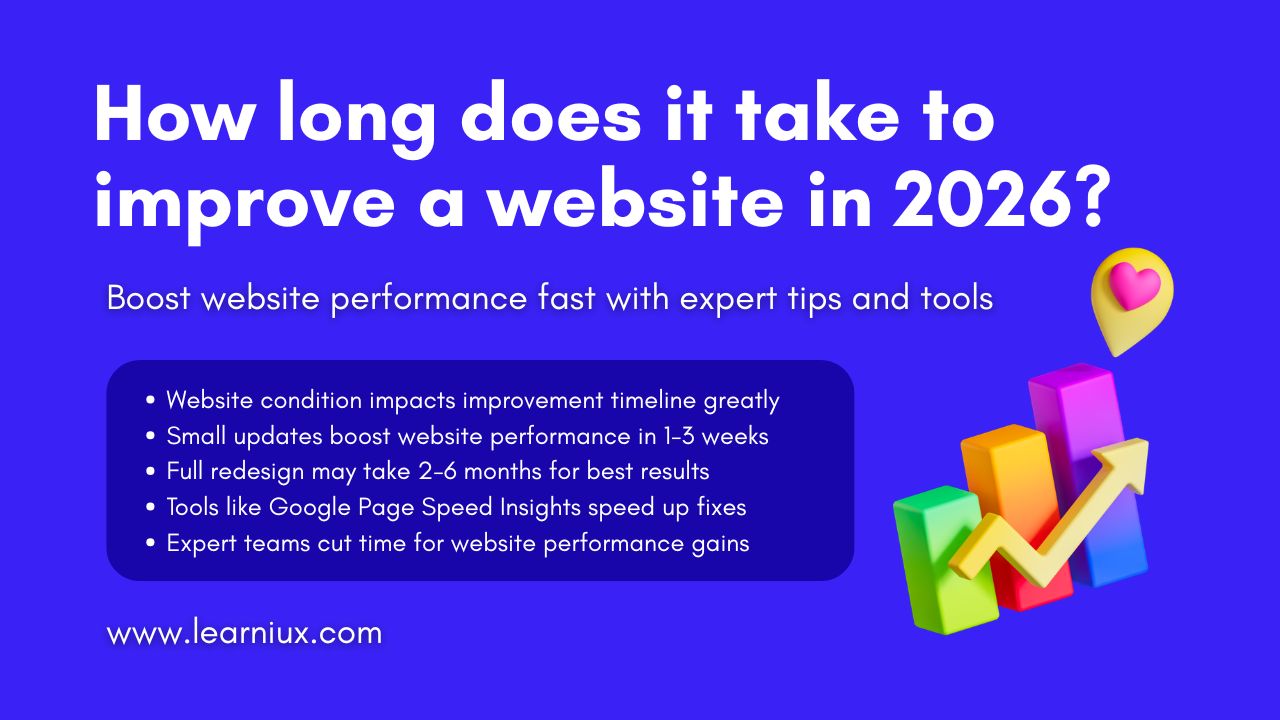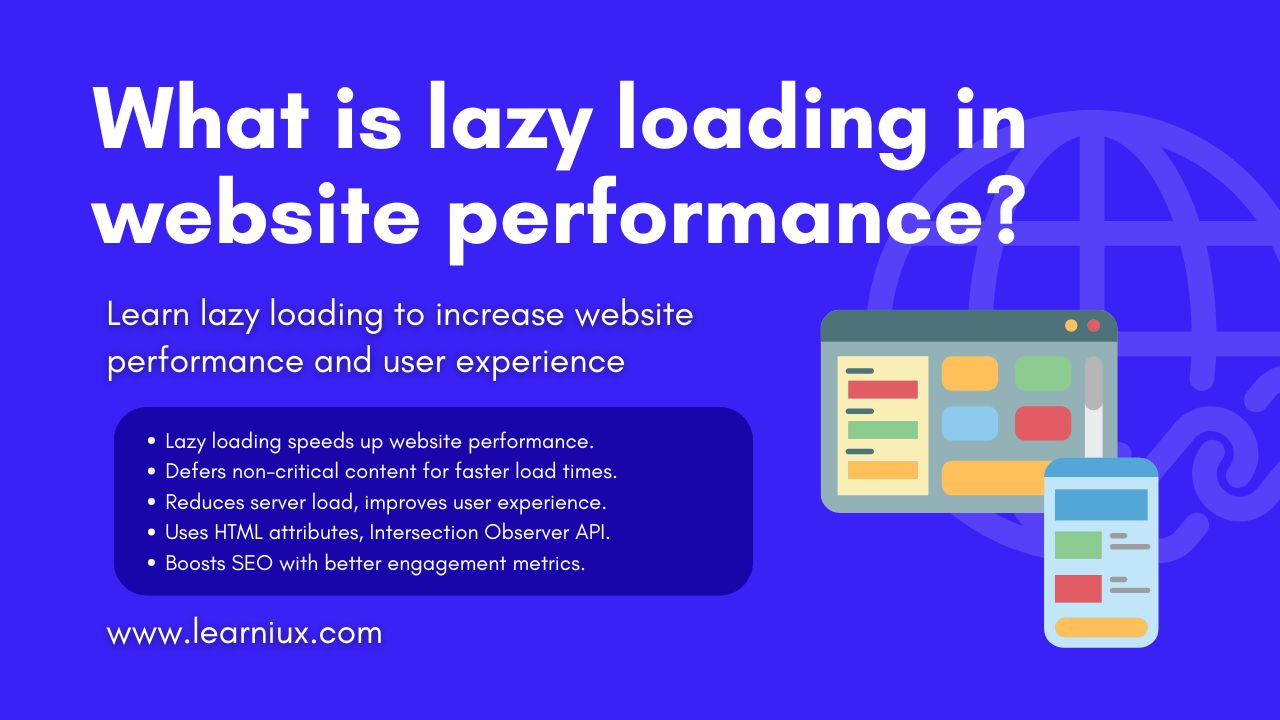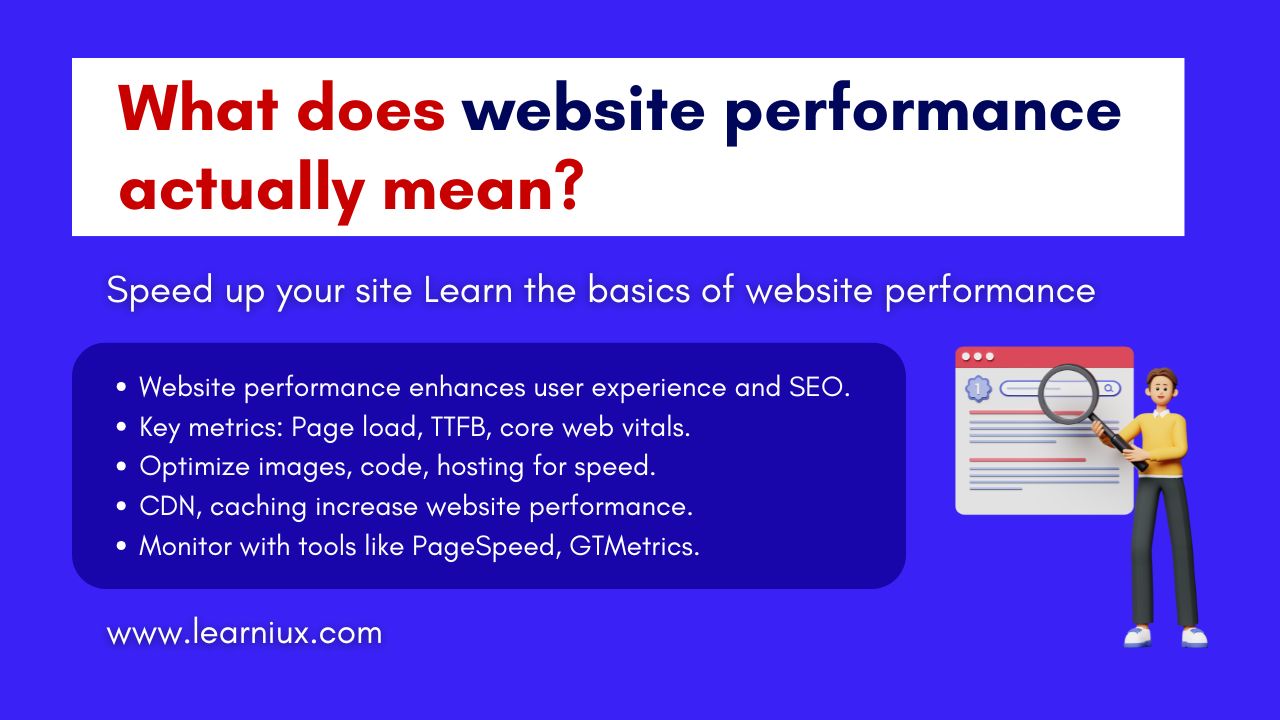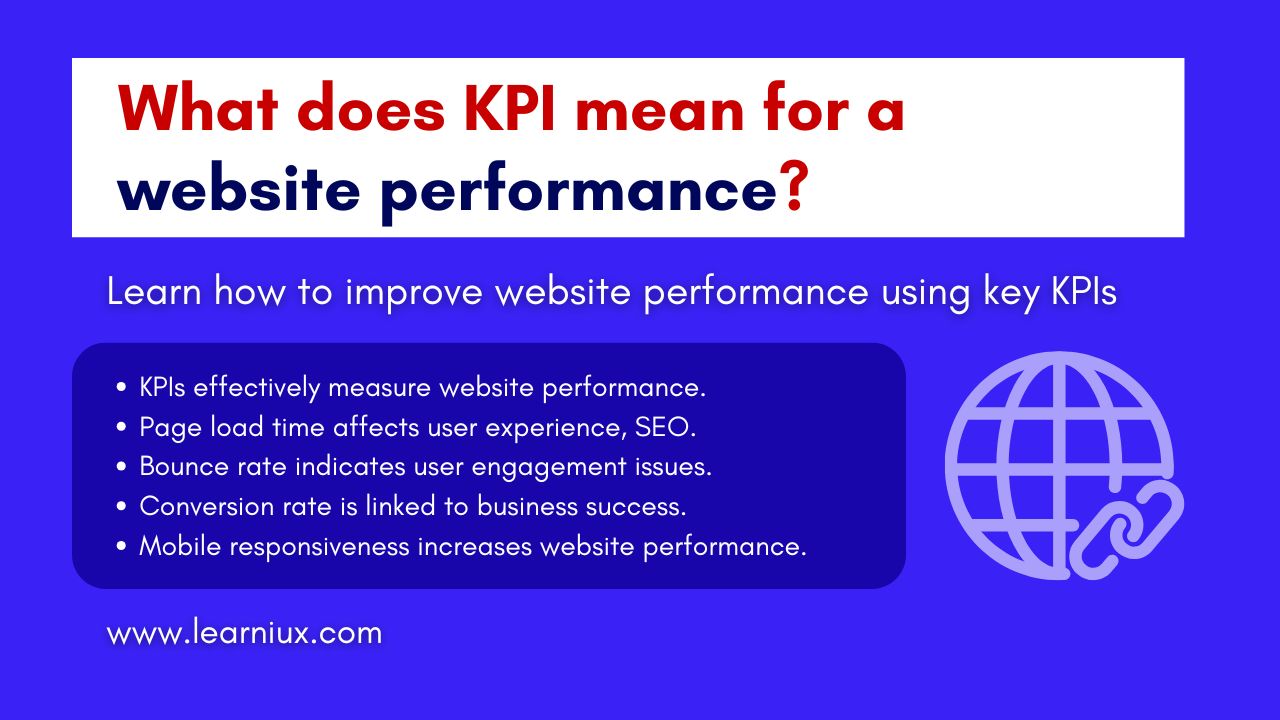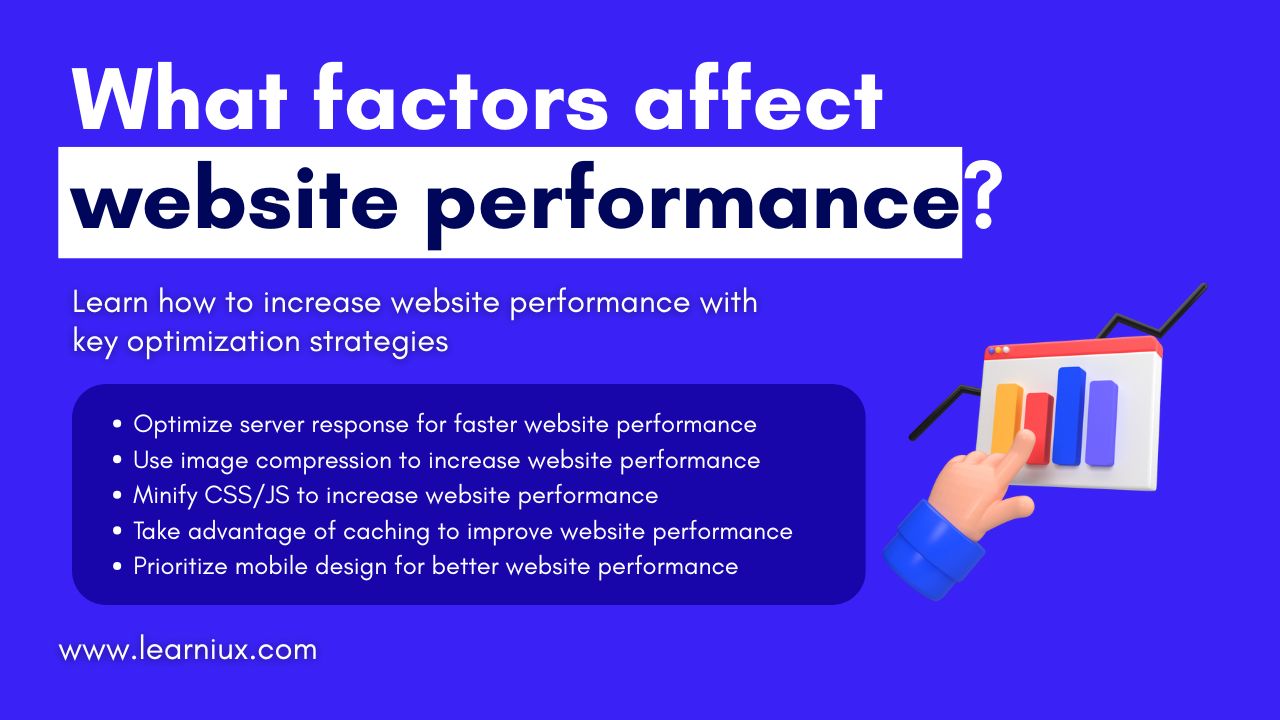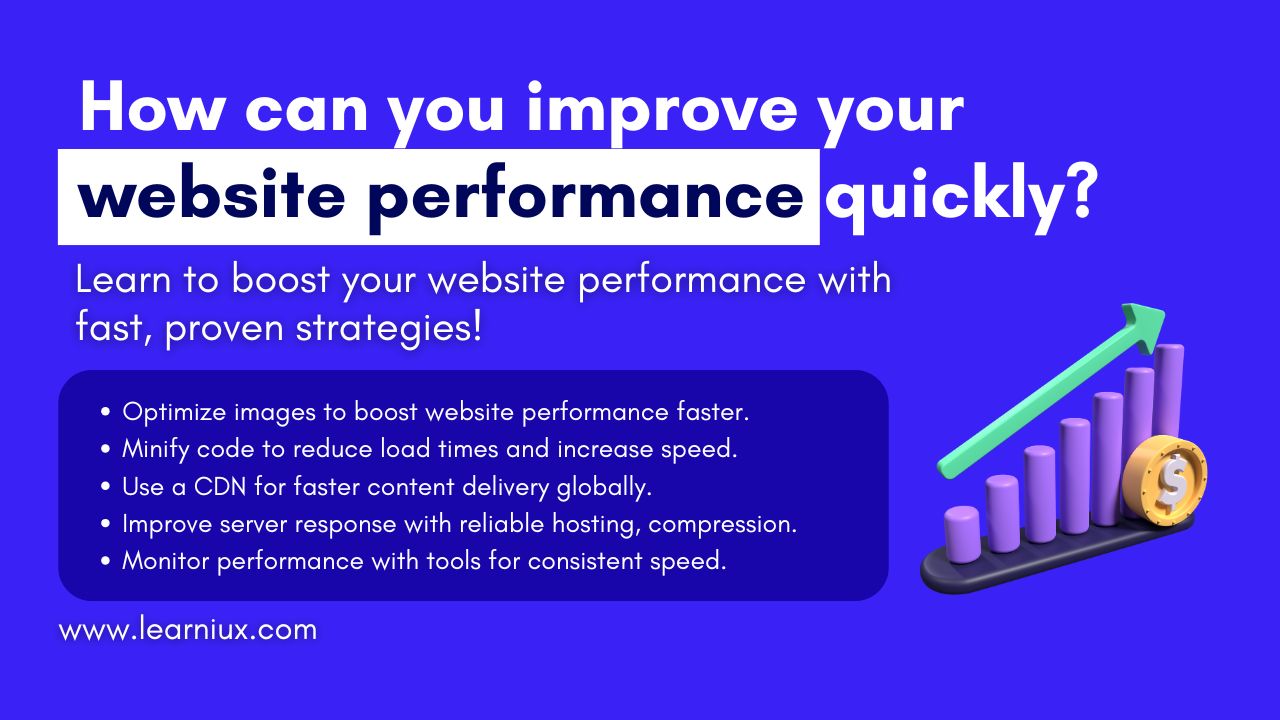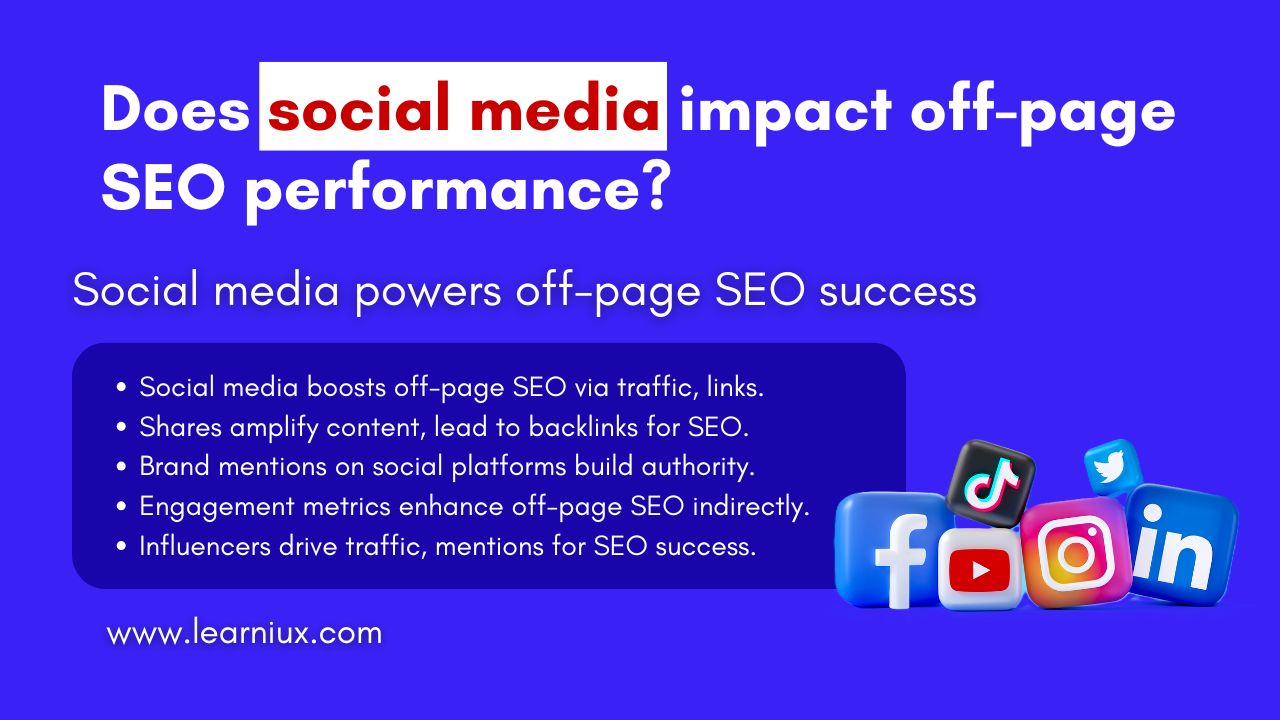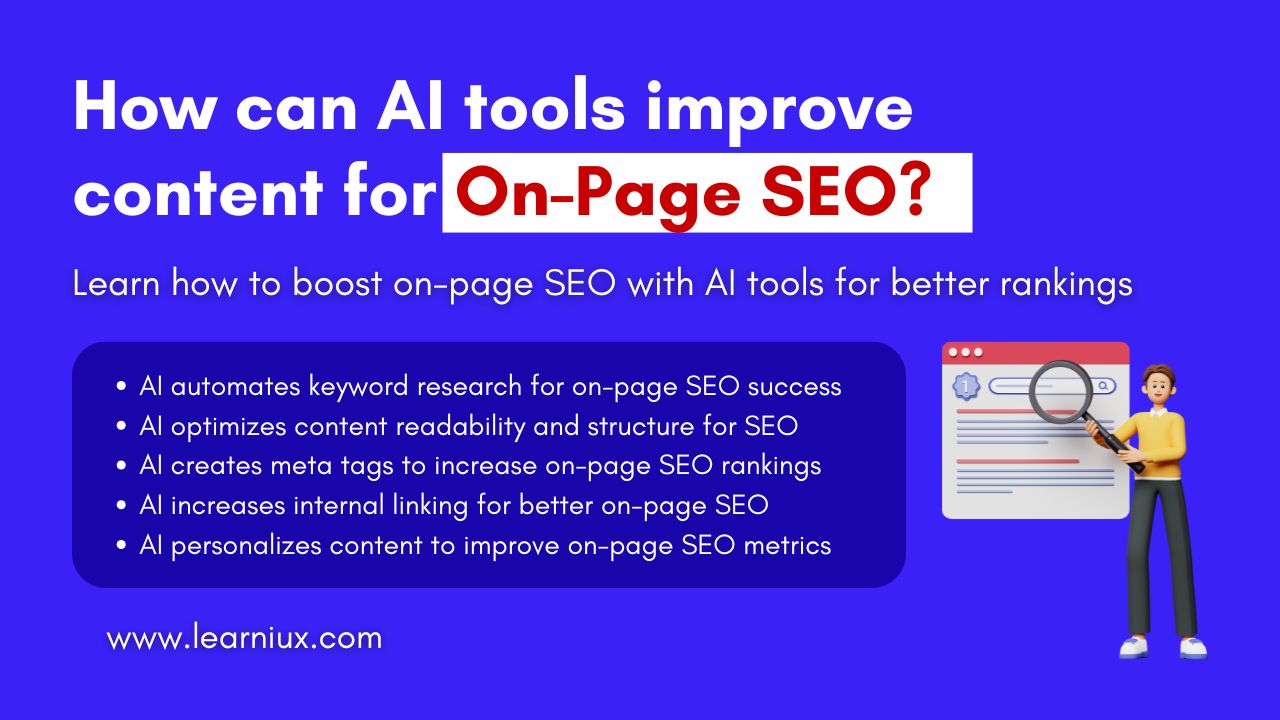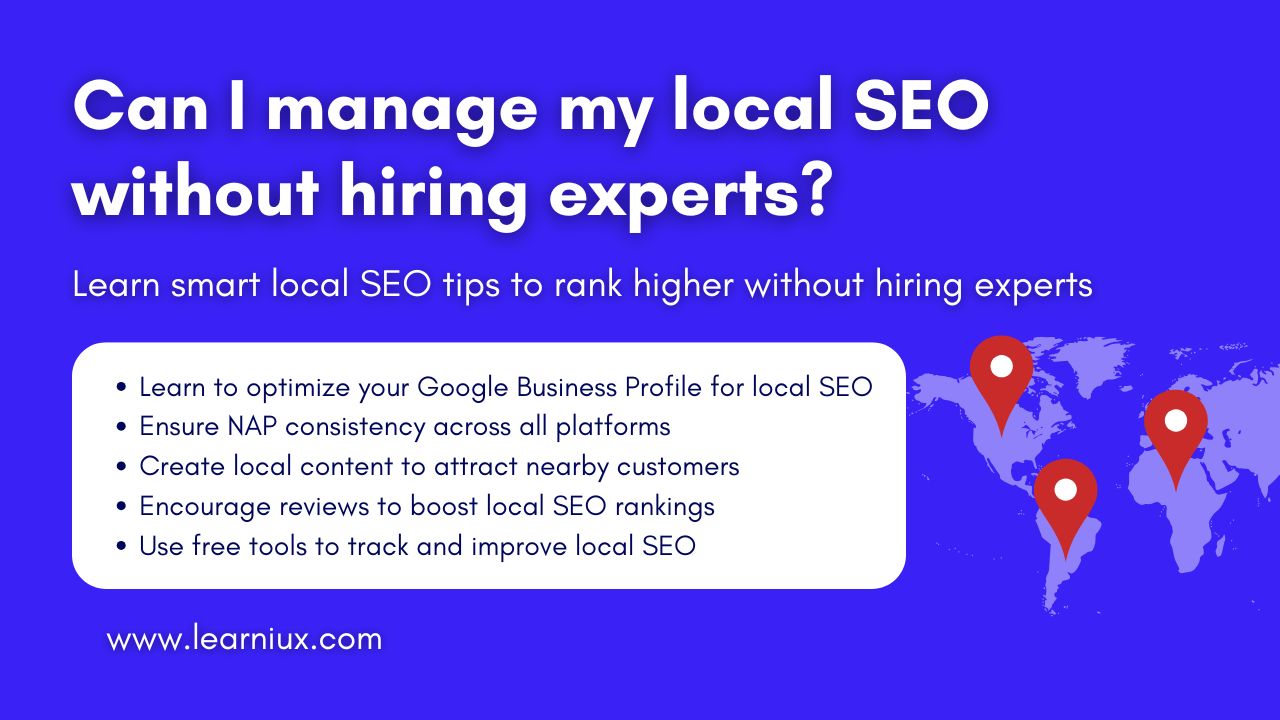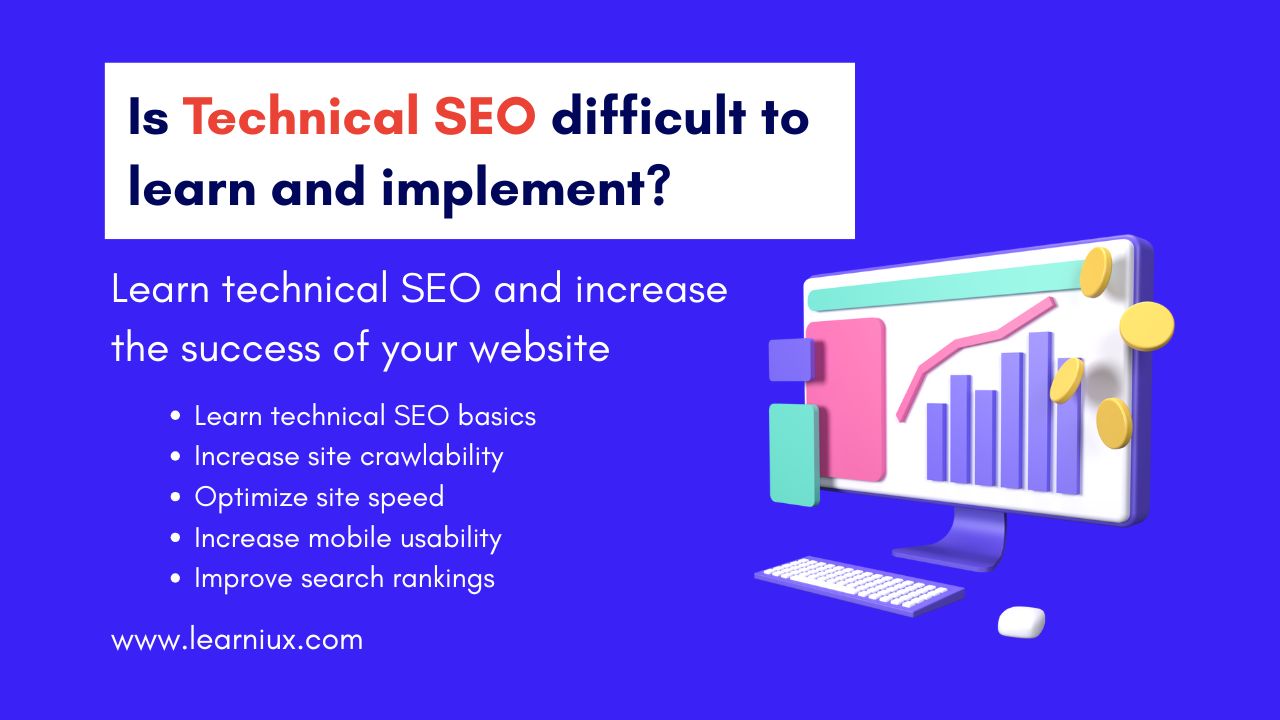A local SEO strategy is a powerful tool for businesses looking to connect with customers in their geographic area. Whether you run a small coffee shop, retail store, or professional services, a well-organized local SEO strategy ensures that your business stands out when potential customers search for products or services nearby. This article provides a comprehensive, actionable, and up-to-date local SEO strategy designed to increase foot traffic, increase online visibility, and build trust in your community. By focusing on key optimization techniques, local engagement, and performance tracking, businesses can dominate local search results and stay competitive in an ever-evolving digital landscape.
In today’s hyper-connected world, consumers rely heavily on search engines like Google to find local businesses. A strong local SEO strategy ensures that your business appears at the top of these search results, making it easier for customers to find and choose you over your competitors. This guide covers everything from optimizing your online presence to leveraging customer reviews and building local authority, all designed to create a strong local SEO strategy that delivers measurable results.
Understanding the Importance of Local SEO
Why Local SEO Matters to Businesses
A local SEO strategy is essential for businesses that rely on nearby customers. Unlike traditional SEO, which focuses on broad, global visibility, local SEO targets users searching for services or products in a specific geographic area. For example, when someone searches for “best pizza near me” or “dentist in [city],” a well-optimized local SEO strategy ensures that your business appears prominently in the results, whether it’s on Google’s Search Engine Results Page (SERP) or in a map listing.
Local SEO drives real-world results. Studies show that more than 70% of consumers who search locally visit a store within five miles of their location. By implementing a local SEO strategy, businesses can attract high-intent customers who are ready to make a purchase or book a service. Additionally, local SEO builds trust and credibility, as customers often associate high-ranking businesses with credibility and quality.
In addition to driving foot traffic, a local SEO strategy increases your online presence on platforms like Google, Yelp, and social media. This positions your business as a trusted local authority, building long-term customer relationships and loyalty. For small and medium-sized businesses, this targeted approach is often more cost-effective than broad marketing campaigns, delivering a higher return on investment.
Current Trends Shaping Local SEO
The nature of local SEO is constantly evolving due to advances in technology and changes in consumer behavior. To create an effective local SEO strategy, businesses must stay ahead of these trends. One major trend is the rise of voice search. With devices like Amazon Alexa, Google Home, and Siri, more users are conducting hands-free searches using conversational queries like “find a coffee shop near me.” Optimizing for natural language and query-based keywords is now a key part of any local SEO strategy.
Mobile-first indexing is another key trend. Google prioritizes mobile-friendly websites when ranking search results, as most local searches occur on smartphones. A mobile-optimized website, with fast loading times and intuitive navigation, is a no-brainer for a successful local SEO strategy. Additionally, hyper-local targeting is gaining popularity, with search engines focusing on neighborhood-level accuracy to deliver highly relevant results. Businesses can take advantage of this by incorporating hyper-local keywords and creating content tailored to specific communities.
AI-driven personalization and zero-click search are also shaping local SEO. Google’s algorithms increasingly display instant answers, such as map listings or featured snippets, reducing the need for users to click through to the website. These changes require a strong local SEO strategy by optimizing for featured snippets and ensuring your business appears in the coveted “local pack” (the top three map listings on Google’s SERPs).
Key Components of an Effective Local SEO Strategy
Google Business Profile Optimization
Your Google Business Profile (GBP) is the foundation of any local SEO strategy. This free tool allows businesses to manage how they appear on Google Search and Maps, making it a key asset for local visibility. To optimize your GBP, start by claiming and verifying your profile. Make sure all details, including your business name, address, phone number (NAP), and hours of operation, are accurate and consistent with other online listings.
Next, enhance your profile with high-quality images of your storefront, products, or services. Visuals play a key role in attracting customers and increasing engagement. Add a compelling business description that naturally includes your local SEO strategy keywords, such as “best bakery in [town]” or “trusted plumber near me.” Update your profile regularly with posts about promotions, events, or new offers to keep it fresh and engaging.
Customer reviews are an important part of your GBP. Encourage satisfied customers to leave positive reviews and respond to all feedback, positive or negative, in a professional manner. Google prioritizes businesses with frequent, honest reviews, making them an important component of your local SEO strategy. Additionally, use GBP’s Q&A feature to answer common customer questions, further increasing the relevance and authority of your profile.
Local Keyword Research
Finding the Right Keywords
Keyword research is the backbone of any local SEO strategy. Start by identifying the terms that potential customers use when searching for businesses like yours. Focus on location-specific keywords, such as “[services] in [city]” or “[near me]”. For example, a dentist in Mumbai might target things like “dentist in Mumbai” or “emergency dental care near Bandra”. Tools like Google Keyword Planner, SEMrush, or Ahrefs can help you find high-intent keywords with local search volume.
Consider long-tail keywords, which are longer, more specific phrases that usually have lower competition and higher conversion rates. For example, “affordable family restaurant in [city]” is more targeted than “restaurant”. Include the term “near me”, as these are increasingly popular in local searches, especially on mobile devices. Analyzing competitor keywords can also reveal opportunities to differentiate your local SEO strategy and reach untapped audiences.
Incorporate keywords naturally
Once you’ve identified your target keywords, integrate them seamlessly into your website content, meta descriptions, title tags, and alt text. Avoid keyword stuffing, as it can hurt your rankings and user experience. Instead, focus on creating valuable, user-centric content that naturally includes your local SEO strategy keywords. For example, a blog post titled “Top 5 Plumbing Tips for [City] Homeowners” could include location-specific keywords while providing useful information to your audience.
Make sure your keywords appear in key areas such as page titles, H1 and H2 headings, and the first paragraph of your content. For example, a services page for a local gym could have an H2 heading that says “Why our [City] Fitness Classes are Perfect for Your Local SEO Strategy.” This approach provides a signal of relevance for search engines while maintaining readability for users.
On-Page SEO for Local Relevance
Optimizing Website Content
Your website is the central hub for your local SEO strategy. Create dedicated landing pages for each location you serve, especially if your business operates in multiple regions. Each page should have unique, location-specific content that includes your local SEO strategy keywords. For example, a multi-location bakery might have separate pages for “Bakery in [City A]” and “Bakery in [City B],” each page optimized with relevant keywords, testimonials, and local images.
Optimize your website’s meta titles and descriptions to include local keywords and a clear call-to-action, such as “Visit our [City] store today!” Make sure your NAP information is prominently displayed on every page, ideally in the footer or on a dedicated contact page. Embedding a Google Map with your business location can further enhance local relevance and user experience.
Schema Markup for Local Businesses
Schema markup is a powerful tool to boost your local SEO strategy. This structured data helps search engines understand your business details, such as location, services, and hours of operation. Implement local business schema markup using the JSON-LD format to provide search engines with clear, machine-readable information. For example, include schema for your business name, address, phone number, and customer ratings.
Schema markup can increase your chances of appearing in rich snippets, such as star ratings or business hours displayed directly in search results. This increases click-through rates and increases the effectiveness of your local SEO strategy. Tools like Google’s Structured Data Markup Helper can simplify the process of creating and implementing schema.
Building Local Citations and Backlinks
Consistent NAP Information
Local citations (mentions of your business’s NAP on external websites) are a key component of your local SEO strategy. Make sure your NAP is consistent across all platforms, including directories like Yelp, Yellow Pages, and local chamber of commerce websites. Inconsistencies, such as mismatched addresses or phone numbers, can confuse search engines and hurt your rankings.
Use tools like Moz Local or BrightLocal to audit and manage your citations. Submit your business to highly-authoritative directories and niche-specific platforms relevant to your industry. For example, a restaurant might list itself on Zomato or TripAdvisor, while a law firm might focus on Avvo or Justia. Consistent citations strengthen your local SEO strategy by demonstrating trust and authority to search engines.
Get Quality Local Backlinks
Backlinks from reputable local websites are a powerful way to boost your local SEO strategy. Get backlinks through sponsorships or collaborations by partnering with local organizations, such as charities, schools, or community groups. For example, sponsoring a local event can get you a link to the event’s website, which shows relevance to search engines.
Another effective tactic is to guest post on local blogs or news websites. Write articles about topics relevant to your community, such as “How [city] businesses can benefit from local SEO,” and include a link back to your website. These backlinks not only increase referral traffic, but also increase your site’s authority in the eyes of search engines.
Leveraging Customer Reviews
Customer reviews are a cornerstone of any local SEO strategy. Positive reviews on platforms like Google, Yelp, and Facebook show search engines and potential customers that you are trustworthy and quality. Encourage satisfied customers to leave reviews by making the process easy, sending follow-up emails with direct links to your review profile, or including QR codes on receipts.
Respond to all reviews, positive or negative, in a professional and timely manner. Addressing negative feedback constructively shows that you value customer input and can turn a negative experience into a positive one. Google’s algorithms favor businesses with frequent, honest reviews, so prioritize this in your local SEO strategy. Consider offering incentives like discounts or loyalty points to encourage reviews, but make sure to follow platform guidelines to avoid penalties.
Mobile Optimization for Local Search
With over 60% of local searches happening on mobile devices, a mobile-friendly website is essential to your local SEO strategy. Make sure your site is responsive, meaning it adapts easily to different screen sizes. Optimize for fast loading times by compressing images, minifying code, and using a reliable hosting provider. Google’s PageSpeed Insights tool can help identify areas for improvement.
Focus on the user experience by ensuring easy navigation, clickable phone numbers, and clear calls-to-action like “Call Now” or “Get Directions.” A mobile-optimized website not only improves your rankings, but also enhances the customer journey, making it easier for users to engage with your business. Check your site regularly to make sure it’s aligned with the latest mobile SEO best practices.
Measuring the Success of Your Local SEO Strategy
Tracking Key Metrics
To measure the effectiveness of your local SEO strategy, track key performance indicators (KPIs) using tools like Google Analytics, Google Search Console, and GBP Insights. Monitor metrics such as:
- Organic Traffic: Measure the number of visitors coming to your site from local search results.
- Local Pack Ranking: Track your position in Google’s Local Pack for target keywords.
- Click-through Rate: Analyze how often users click on your listing in search results.
- Conversions: Track actions like form submissions, phone calls, or directions requests driven by your local SEO strategy.
GBP Insights provides valuable data on how customers find your business, such as through search or maps, and what actions they take, such as visiting your website or requesting directions. Use this data to identify strengths and areas for improvement in your local SEO strategy.
Adjust based on performance
Local SEO is not a set-it-and-go-get-it process. Analyze your performance data regularly to identify trends and opportunities. For example, if certain keywords are driving more traffic, double down on optimization for those terms. If your local pack rankings are slipping, audit your citations and reviews to fix any issues.
A/B testing can also refine your local SEO strategy. Experiment with different meta descriptions, page layouts, or call-to-action buttons to see what your audience likes. Stay informed about algorithm updates and industry trends to ensure your strategy remains effective. Tools like SEMrush or Ahrefs can provide competitive insights, helping you stay ahead of your local competitors.
Conclusion
A well-structured local SEO strategy can transform how businesses connect with customers nearby and establish a strong community presence. By optimizing your Google Business Profile, you ensure that your business appears prominently in local search results, making it easier for potential customers to find you. In-depth keyword research allows you to target high-intent, location-specific terms that drive relevant traffic. Enhancing on-page SEO with local keywords and schema markup further increases your visibility, while building consistent citations and authoritative backlinks strengthens your credibility. These elements work together to create a strong local SEO strategy that delivers measurable results, helping your business stand out in a competitive marketplace.
Leveraging customer reviews and prioritizing mobile optimization are equally important to a successful local SEO strategy. Encouraging positive reviews and responding professionally to feedback builds trust and impacts search rankings. With the majority of local searches happening on mobile devices, a fast, user-friendly, mobile-optimized website is essential to engaging customers and improving conversions. Regularly tracking performance metrics like organic traffic and local pack rankings can help you refine your approach and stay ahead of your competitors. By staying relevant and informed about industry trends, your local SEO strategy can drive consistent growth, attract more traffic, and build lasting customer relationships, helping your business thrive in the local market.
FAQs
What is a local SEO strategy and why is it important?
A local SEO strategy is a targeted approach to optimizing a business’s online presence for local search results, helping it attract customers nearby. This involves optimizing your website, Google Business Profile, and other platforms to rank higher when users search for location-specific services or products. This strategy is important for restaurants, retail stores, or service providers that rely on local customers. By appearing in Google’s Local Pack or Map results, businesses can drive more foot traffic and conversions. A well-executed local SEO strategy builds trust, as consumers often associate top rankings with credibility. It also helps businesses compete with larger brands by focusing on a specific geographic area. Unlike broad SEO, local SEO targets high-intent users who are ready to make a purchase. Implementing consistent citations, reviews, and mobile optimization ensures that your business stands out. Overall, a local SEO strategy is cost-effective and delivers measurable results for local businesses.
How does optimizing your Google Business Profile improve my local SEO strategy?
Optimizing your Google Business Profile (GBP) is the foundation of an effective local SEO strategy. It ensures that your business appears in Google Search and Maps when customers search for services nearby. Start by claiming and verifying your profile to provide accurate details like name, address, and phone number. Adding high-quality images of your storefront or products increases user engagement and trust. A compelling business description with local SEO strategy keywords increases relevance. Regularly posting updates about promotions or events keeps your profile active and engaging. Encouraging customer reviews and responding to them professionally signals trustworthiness to both users and search engines. GBP Insights helps you track how customers find you, allowing for data-driven adjustments. A well-optimized GBP increases your chances of appearing in the local pack, leading to more clicks and visits.
What role do keywords play in a local SEO strategy?
Keywords are the foundation of any local SEO strategy, as they connect your business to customer searches. Local keyword research identifies terms like “[service] in [city]” or “near me” that reflect user intent. Tools like Google Keyword Planner or SEMrush can help you find high-volume, low-competition keywords. Long-tail keywords like “affordable dentist in [city]” are especially effective for targeting specific audiences. Integrating these keywords naturally into your website content, meta tags, and headers shows relevance to search engines. Avoid keyword stuffing to maintain a positive user experience. Local keywords also boost your Google Business Profile and local citations. By aligning your content with what customers are searching for, your local SEO strategy increases targeted traffic. Regular analysis ensures that your keywords remain effective as search trends evolve.
How can customer reviews enhance my local SEO strategy?
Customer reviews are a key component of a successful local SEO strategy, influencing both rankings and customer trust. Positive reviews on platforms like Google, Yelp, or Facebook indicate quality and credibility to search engines. Encouraging satisfied customers to leave reviews, perhaps through a follow-up email or QR code, will increase your review volume. Responding to all reviews, positive or negative, shows engagement and builds credibility. Reviews increase relevance with local SEO strategy keywords like “best service [in town].” Google’s algorithms favor businesses with frequent, honest reviews, which improves your local pack rankings. Reviews also provide social proof, convincing potential customers to choose your business. Monitoring and resolving feedback helps improve service and customer satisfaction. An active review strategy strengthens your local SEO efforts and builds loyalty.
Why is mobile optimization essential for a local SEO strategy?
Mobile optimization is important for a local SEO strategy because most local searches occur on smartphones. A mobile-friendly website ensures seamless navigation, fast loading, and accessibility across all devices. Google prioritizes mobile-first indexing, meaning the mobile version of your site directly impacts rankings. Features like clickable phone numbers and clear calls-to-action, such as “Get directions,” enhance the user experience. Optimizing images and code reduces load times, which is important for retaining mobile users. A responsive design adapts to different screen sizes, improving engagement. Mobile optimization also supports voice search, a growing trend in local queries. Tools like Google’s PageSpeed Insights can help identify areas for improvement. By prioritizing mobile usability, your local SEO strategy captures high-intent customers and increases conversions.
What are local citations and how do they support a local SEO strategy?
Local citations are online mentions of your business name, address, and phone number (NAP) on directories, websites, or social platforms. They are an important component of a local SEO strategy, as they demonstrate trust and authority to search engines. A consistent NAP on platforms like Yelp, Yellow Pages, or local chambers ensures accuracy and boosts rankings. Inconsistent citations can confuse search engines and hurt your visibility. Submitting your business to high-authority and industry-specific directories strengthens your local SEO strategy. Tools like Moj Local help you manage and audit citations for consistency. Citations also drive referral traffic from users browsing these platforms. Building a strong citation profile increases your business’s credibility and local relevance. Regular monitoring ensures that your citations remain accurate and effective.
How do backlinks contribute to a local SEO strategy?
Backlinks from reputable local websites are a powerful way to boost your local SEO strategy. They signal to search engines that your business is trusted in the community. Partnering with local organizations, such as charities or schools, can provide valuable backlinks through sponsorships or events. Guest posting on local blogs or news sites, such as writing about how “[city] businesses benefit from a local SEO strategy,” is another effective tactic. These backlinks increase referral traffic and improve your site’s authority. Focus on quality over quantity, as links from high-authority local sources carry more weight. Avoid low-quality or spammy backlinks, which can hurt your rankings. Tools like Ahrefs can help identify backlink opportunities. A strong backlink profile increases the effectiveness and visibility of your local SEO strategy.
What is Schema Markup and How Does It Boost Local SEO Strategy?
Schema markup is structured data that helps search engines understand your business details, such as location, hours, and services. It’s a key tool for enhancing your local SEO strategy by improving how your business appears in search results. Implementing local business schema in JSON-LD format provides clear information about your NAP and offerings. This increases your chances of appearing in rich snippets like star ratings or business hours, which increases click-through rates. Schema markup also supports featured snippets, which makes your business more visible. Tools like Google’s Structured Data Markup Helper make the process easier. By adding schema to your website, you increase the relevance of your local SEO strategy. Regular testing with Google’s Rich Results Test ensures proper implementation. Schema markup is a technical yet effective way to stand out locally.
How do I measure the success of my local SEO strategy?
Tracking key performance indicators (KPIs) is essential to measuring the success of your local SEO strategy and evaluating its impact. Tools like Google Analytics, Google Search Console, and GBP Insights provide data on organic traffic, local pack rankings, and user actions like clicks or calls. Monitor how often your business appears in local searches and track conversions like form submissions or directions requests. GBP Insights reveals how customers find you via search or maps. Analyzing keyword rankings helps you assess which terms drive the most traffic. Testing different elements, such as meta descriptions, refines your approach. Regular audits identify areas for improvement, such as inconsistent citations or slow page speed. By reviewing these metrics, you can adjust your local SEO strategy to maximize results. Consistent tracking ensures long-term success and competitiveness.
How often should I update my local SEO strategy?
A local SEO strategy needs regular updates to remain effective in a dynamic digital landscape. Search engine algorithms, user behavior, and industry trends evolve, requiring constant adjustments. Monthly reviews of your Google Business Profile, citations, and reviews ensure accuracy and engagement. Monitoring keyword performance every few months can help identify new opportunities or changes in search intent. Quarterly audits of your website’s mobile performance and page speed maintain user satisfaction. Competitor analysis reveals gaps or strategies to adopt. Responding to customer reviews and updating content, such as blog posts or landing pages, keeps your strategy fresh. Staying informed about trends, such as voice search or AI-powered personalization, ensures relevance. By continually improving your local SEO strategy, you maintain a competitive edge and drive sustainable growth.
How does content marketing support a local SEO strategy?
Content marketing is an important part of a local SEO strategy, as it engages local audiences and increases search visibility. Creating blog posts, videos, or infographics about local events or community issues can drive relevant traffic. For example, a post like “Top 10 Things to Do in [City]” can naturally include local SEO strategy keywords. Content should address customer concerns, such as “How to Choose a [Service] in [City].” Optimizing content with local keywords and sharing it on social media increases engagement. It also encourages backlinks from local websites, increasing authority. Regularly updating content keeps your site fresh, which search engines love. Content marketing builds trust, positioning your business as a local expert. By aligning content with your local SEO strategy, you increase traffic and conversions.
Can Social Media Boost My Local SEO Strategy?
Social media plays a vital role in strengthening your local SEO strategy by increasing brand visibility and engagement. Platforms like Facebook, Instagram, or Twitter allow businesses to connect with local audiences through targeted posts. Sharing location-specific content, such as event promotions or customer stories, strengthens your local presence. Including local SEO strategy keywords in posts and bios improves discoverability. Social signals like shares and likes indirectly influence search rankings. Interacting with local influencers or community groups can lead to backlinks and citations. A consistent NAP on social profiles aligns with your local SEO strategy. Monitoring social analytics can help refine your approach. By integrating social media, you can enhance your local SEO efforts and build community trust.
How does voice search impact local SEO strategy?
Voice search is increasingly shaping local SEO strategies due to the rise of smart devices and virtual assistants. Users often ask conversational questions like “Where is the best [service] near me?” Natural language and question-based keyword optimization are essential. For example, include phrases like “best coffee shop in [city]” in your content. A mobile-optimized website ensures compatibility with voice search devices. With accurate hours and services, Google Business Profile optimization supports voice query responses. Schema markup increases the likelihood of appearing in voice search results. Local content that addresses common questions also increases relevance. By optimizing your local SEO strategy for voice search, you capture a growing portion of local customers.
Why is competitor analysis important for a local SEO strategy?
Competitor analysis is important for improving your local SEO strategy and staying ahead in local search rankings. By studying your competitors’ websites, keywords, and Google Business Profiles, you can identify gaps and opportunities. Tools like SEMrush or SpyFu reveal which keywords drive their traffic. Analyzing their reviews and backlinks can reveal what customers value and where they gain authority. You can adopt similar tactics, such as targeting underused local keywords or partnering with local organizations. Consistent NAP in directories helps you match or exceed your competitors’ visibility. Monitoring their content strategy can inspire new ideas for your own. In-depth competitor analysis ensures that your local SEO strategy is competitive. It helps you differentiate your business and attract more local customers.
How can local events benefit my local SEO strategy?
Participating in local events can significantly boost your local SEO strategy by increasing visibility and authority. Sponsoring or hosting events like charity drives or festivals increases brand awareness in your community. These activities often result in backlinks from event websites or local news. Promoting events using local SEO strategy keywords on your Google Business Profile and social media will increase engagement. Creating event-specific landing pages on your website will improve search relevance. Engaging with attendees through reviews or social posts will strengthen customer relationships. Local events also provide content ideas, such as blog posts, about your participation. Sharing photos or videos from events will increase your online presence. By leveraging local events, your local SEO strategy will gain credibility and attract customers from nearby.
What role does user experience play in a local SEO strategy?
User experience (UX) is a key component of a successful local SEO strategy, as it impacts rankings and customer satisfaction. A well-designed, easy-to-navigate website keeps visitors engaged and reduces bounce rates. Fast loading times, especially on mobile devices, are essential for local searches. Clear calls-to-action like “Call Now” or “Book Online” encourage conversions. Optimizing for accessibility ensures that all users can interact with your site. Local content, such as location-specific pages, increases relevance and UX. Search engines prefer sites that offer a cohesive experience, which increases your rankings. Regular UX audits identify areas for improvement, such as broken links or slow pages. By prioritizing UX, your local SEO strategy can increase traffic and build customer loyalty.
How does video content contribute to a local SEO strategy?
Video content is a powerful tool for boosting your local SEO strategy by engaging your audience and improving rankings. Creating videos about your business, such as virtual tours or customer testimonials, demonstrates your local presence. Optimizing video titles, descriptions, and tags with local SEO strategy keywords increases searchability. Hosting videos on your website and YouTube with embedded local maps increases relevancy. Videos keep visitors on your site longer, which gives search engines a sense of quality. Sharing videos on social media or your Google Business Profile increases engagement and traffic. Local content like “A Day at Our [City] Store” is popular with customers nearby. Video transcripts with keywords further enhance SEO. Including videos makes your local SEO strategy more dynamic and effective.
Why should I focus on hyper-local targeting in my local SEO strategy?
Hyper-local targeting focuses on specific neighborhoods or small geographic areas, making it an important part of a local SEO strategy. It ensures that your business appears in searches like “[services] in [area].” Creating content for hyper-local keywords like “[suburban] coffee shop” attracts a specific audience. Location-specific landing pages with detailed community information improve relevancy. Optimizing your Google Business Profile with accurate location data supports hyper-local searches. Interacting with local communities on social media or through events strengthens your presence. Hyper-local citations in specific directories increase authority. This approach helps small businesses compete with larger chains. By prioritizing hyper-local targeting, your local SEO strategy can increase highly relevant traffic and conversions.
How can I use analytics to improve my local SEO strategy?
Analytics are essential to improving your local SEO strategy by providing insights into performance and user behavior. Tools like Google Analytics and Google Search Console track metrics like organic traffic, click-through rate, and keyword rankings. Google Business Profile Insights reveal how customers find you, like on search or maps. Monitoring conversion rates like calls or form submissions shows what’s driving results. Analyzing bounce rates and page load times highlights UX issues. Competitor analysis reveals new keyword or content opportunities. Regular reports help identify trends like seasonal search patterns. A/B testing different strategies like meta descriptions optimizes performance. By leveraging analytics, your local SEO strategy becomes data-driven and more effective.
What mistakes should I avoid in my local SEO strategy?
Avoiding common mistakes will ensure your local SEO strategy is successful. Inconsistent NAP in directories confuses search engines and hurts rankings. Ignoring Google Business Profile optimization misses opportunities for local pack visibility. Keyword stuffing turns users away and puts you at risk of penalties. Ignoring mobile optimization frustrates users, as most local searches are mobile-based. Failing to encourage or respond to reviews weakens trust and rankings. Ignoring competitor analysis limits your ability to stay competitive. Not using schema markup reduces your chances of getting rich snippets. Ignoring analytics prevents data-driven improvements. By avoiding these pitfalls and focusing on best practices, your local SEO strategy will drive consistent growth and local dominance.

